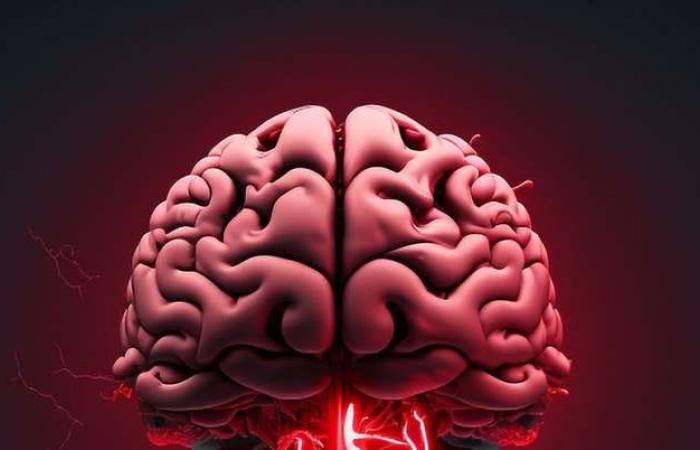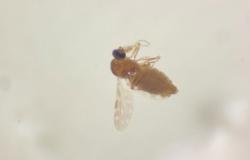Winner of four Oscar awards, the film Poor Creatures It portrays the post-operative period and the consequences of a surgery that is still unprecedented in medicine: the transplantation of a living brain into another living body. We say that the feat should not be carried out in the next few years in a real-world hospital room, but there is a chance of it happening in the future.
Photo: Disclosure/Searchlight Pictures / Canaltech
On the big screen and also on streaming, it is possible to watch the saga of Bella Baxter, played by Emma Stone. [Alerta de spoiler] There, we see how a baby’s brain behaves when transplanted into the body of an adult woman, which results in a lot of confusion, drama and surrealism.
“Just like babies who develop an arsenal of thoughts, behaviors, skills and abilities during their childhood development, a transplanted brain can do the same”, says Dan Baumgardt, neuroscientist and professor at the University of Bristol (United Kingdom), in an article on the platform The Conversation.
Despite the logic of the statement, this is mere speculation when it comes to brain transplants. After all, there is no surgeon who has done anything like the procedure performed by Dr. Godwin Baxter, played by Willem Dafoe, in Poor Creatures. In recent history, some promises of this kind have been made, but never fulfilled.
If someone broke ethical barriers and attempted a brain transplant in real life, that person would most likely face numerous challenges, as neuroscientist Baumgardt explains.
How to Transplant a Living Brain
Firstly, it is necessary to open a person’s skull to remove the brain that will be “donated”. To achieve this, the simplest strategy would be to perform a craniotomy, that is, the removal of a part of the skull bone, carried out with the help of the Gigli saw and the craniotome.
“By opening the skull and meninges [as três membranas protetoras]there will be a window [grande o] enough to remove the brain. This would be the simplest part of the operation”, says researcher Baumgardt.
In Poor Creatures, Bella Baxter survived a brain transplant, but this surgery has not yet been performed in the real world (Image: Alexandra Koch/Pixabay)
Photo: Canaltech
If the inspiration for the procedure is the knowledge of the ancient Egyptians in the field of mummification, the brain can be removed in small pieces through the nose, without opening the skull. However, it is difficult to imagine that it would be possible to reconstruct it, in a functional way, like a puzzle.
Is it possible to rewire the old brain into a new body?
According to Baumgardt, “removing a brain requires cutting the 12 pairs of cranial nerves that exit directly from it and the spinal cord.” Then, you will need to connect them to the new body entirely.
However, the nerves do not come together naturally. In fact, as soon as they are cut, they begin to disintegrate and die. In parallel, it is necessary to reconnect the arteries, which will restore blood flow.
For this purpose, there are still no safe strategies, but a surgeon as crazy as Godwin Baxter could use experimental biological glues or even cell grafts that stimulate neuronal recovery — the second suggestion seems more efficient.
Is the result the same as the movie Poor Creatures?
If everything goes well, the new brain will begin to receive sensory information from throughout the body and, consequently, send instructions back. This will cause the muscles to contract, the heart to beat, the glands to secrete hormones and the mouth to speak.
However, this is not that simple. Another challenge will be to assess whether the blood-brain barrier, the brain’s protective shield, has been adequately restored. Otherwise, the organ will be susceptible to any infection, which could lead to the individual’s death.
Having said all this, “brain transplantation currently continues to be the subject of science fiction and films awarded by the international academy [como Pobres Criaturas]”, says Baumgardt.
“The feasibility, according to basic anatomy and physiology, makes the development of such a complex procedure unlikely”, adds the neuroscientist. Despite this, he does not rule out that, in the future, with new tools, such a mission will become possible. On that day, the procedure could become as common as a heart transplant.
It is worth noting that, today, brain donation already occurs, but no patient is directly benefited. Donated organs are used in the field of research, helping to discover new treatments and expanding the understanding of neurological diseases.
Source: The Conversation
Trending on Canaltech:
+The best content in your email for free. Choose your favorite Terra Newsletter. Click here!
Tags: brain transplant movie Poor Creatures
--





